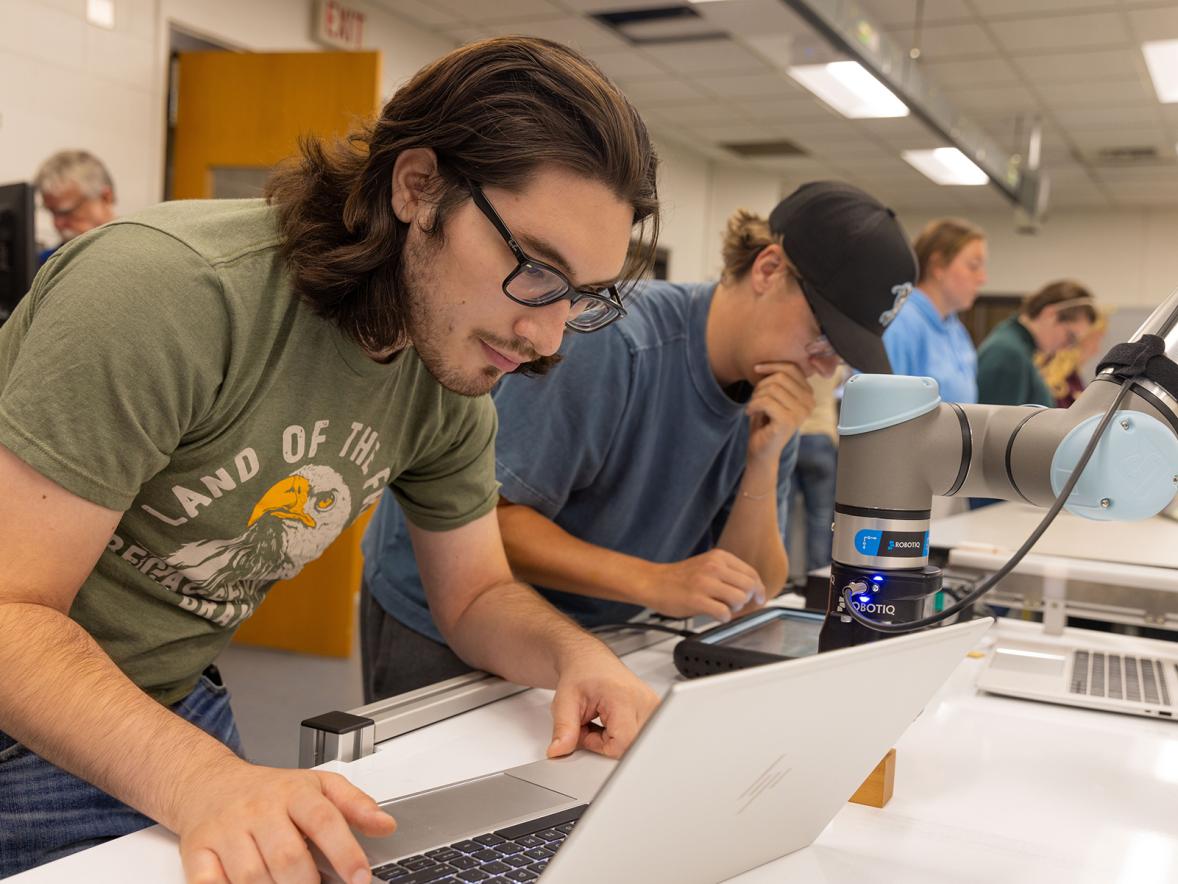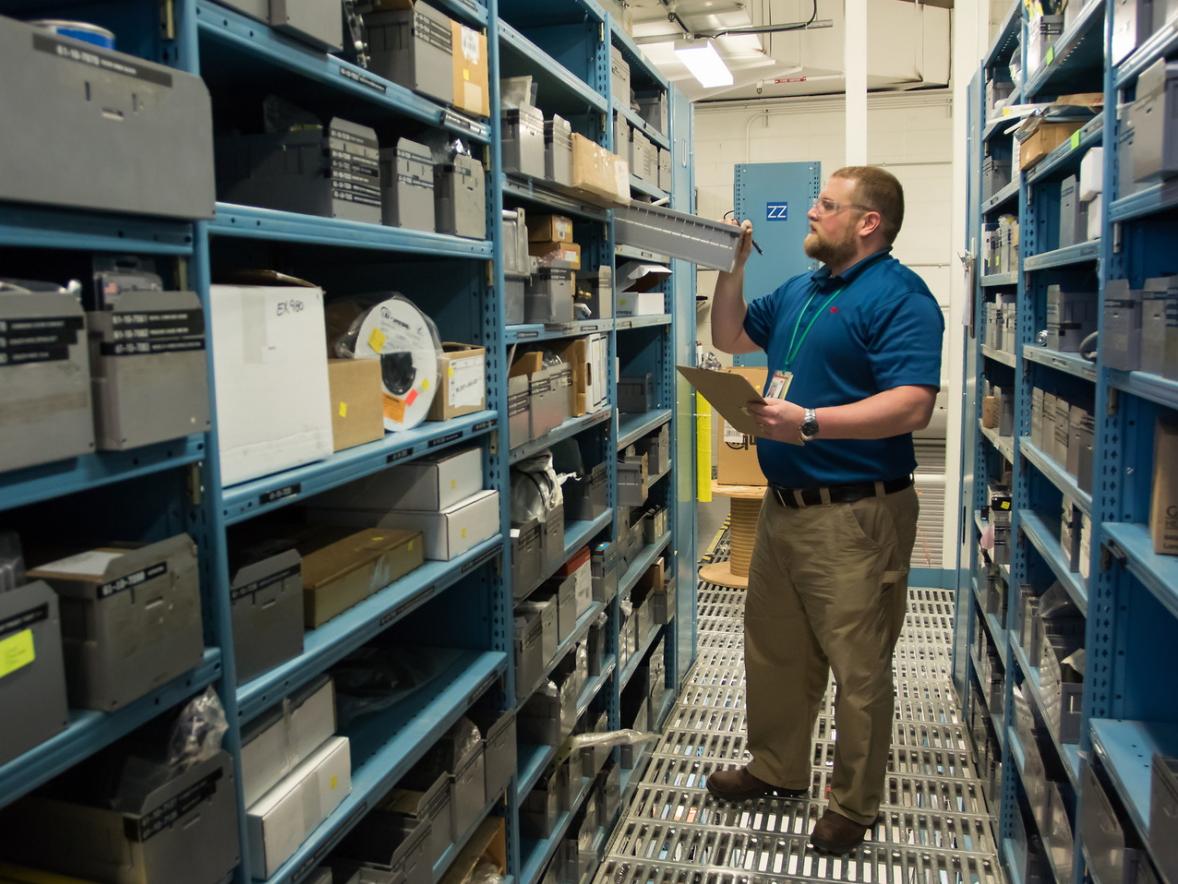Situation
Cardinal LG Production Planning Manager Barb Goodlet asked UW-Stout Manufacturing Outreach Center (MOC) to help the company identify sources of defects within the Amery, Wisconsin, laminated glass (LG) facility and partner with staff to eliminate root causes.
Solution
UW-Stout MOC provided fresh perspective for Cardinal LG, observing the company’s processes and listening to team members throughout the plant. As a result, UW-Stout MOC prioritized improvements in three areas: harps/carts, autoclaves, and trimming. Cardinal LG developed kaizen teams to tackle improvements within harps/carts and autoclaves, while UW-Stout MOC brought dramatic change to the trimming process. To streamline that process value stream, UW-Stout MOC Project Managers Roger Gehring and Todd Edwards first measured the forces needed to trim the interlayer, then suggested methods to reduce those forces. In a parallel effort, UW-Stout MOC suggested a trim-free process where automation would eliminate manual trimming of the interlayer, a concept that was met with some initial skepticism.

Proof-of-concept tests demonstrated that hands-free trimming is, indeed, a viable option for Cardinal LG. In fact, according to Gehring, recommended automation makes the company’s trimming process easier, reduces variation, and increases both safety and speed. “We saw a way to remove a lot of non-value-added steps,” Gehring recalls, “which yields significant benefits for Cardinal LG’s people.” To identify potential sources for automated trimming technology, Cardinal LG production managers and UW-Stout MOC staff are currently visiting vendors throughout the country to determine the most capable concepts and companies. The project is scheduled to “go live” in late summer 2019.
Results
By implementing Lean concepts, Cardinal LG has boosted productivity, improved the work routine of its employees, and added 115 positions at the Amery facility. With the introduction of trim-free capability, the company anticipates impressive impacts based on initial tests that already show:
• 35% reduction in product defects.
• 20% faster run rate in lamination dept.
• Increased throughput with operators working at a slower, more deliberate pace.
• Significant reduction in workplace injuries by decreasing repetitive motion.







